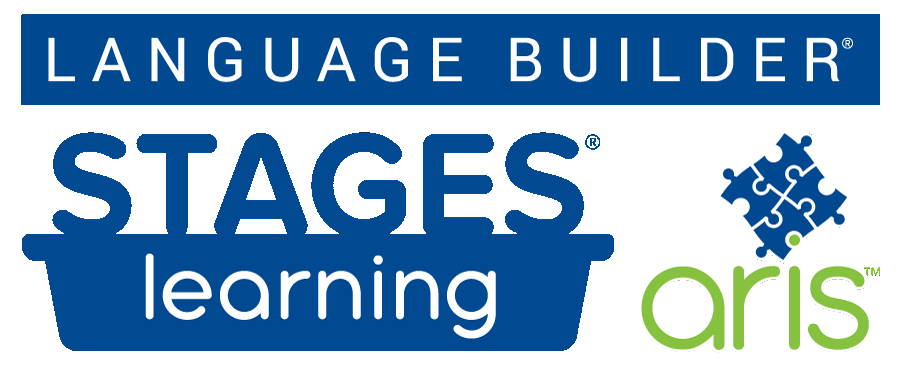
Sensory struggles in a child with autism can hinder his or her ability to grasp a writing implement and to use it correctly. But some marvelous strategies exist that can help children learn to write: countering “floppy” muscle tone, varying implement thickness, trying different implement tips to reduce noise issues, and repetition with different implements are all strategies that can help children with autism and/or sensory integration issues.
Countering "Floppy" Muscles
Our son, Jim's, first occupational therapist, Jean Matthews of Wood County Hospital in Bowling Green, Ohio, once told us Jim had something called hypotonia. This condition is also known in layperson’s terms as "low muscle tone" or "floppy" muscles. At Merriam-Webster.com, hypotonia is defined as "the state of having hypotonic muscle tone." Plus, an example sentence describes it as "too little muscle tone resulting in floppiness."
What does this condition look like in a child? Is there a simple way we can test for it? Yes!
To demonstrate the existence of low tone in Jim's muscles, Ms. Matthews gently turned his wrist a full 180 degrees, which--amazingly--revealed no sign of pain or discomfort to our son!
In considering the painlessness such children have while undergoing limb contortions of this magnitude, we might think of low muscle tone as a benefit to an autistic child. But actually, it is a detriment and in more ways than one. However, since we are on the subject of writing, I have limited this segment's content to helping children overcome "floppiness" to improve their writing ability.
Next, if we have conducted the wrist "turn" test and have discovered they have low muscle tone, we should be sure to see a qualified occupational or physical therapist about proper treatment. Special Education graduate and Intervention Specialist, Terri Riches, with a certification focus on moderate to severely disabled learners, suggests asking specifically "...what activities can the child do at home to increase his or her strength and stamina?"
 Also important to a low-toned child's writing success is "waking" his or her fingers so they become aware that he or she is even holding an implement in the first place. One such approach we learned from Jean Matthews was the application of a sensory brush. Such brushes are soft and gentle (not like your typical hair brush); so they can be applied to a child's skin to create that "wake up call" without pain. Once she walked me through the correct and safe application of a sensory brush, it was easy to administer at home.
Also important to a low-toned child's writing success is "waking" his or her fingers so they become aware that he or she is even holding an implement in the first place. One such approach we learned from Jean Matthews was the application of a sensory brush. Such brushes are soft and gentle (not like your typical hair brush); so they can be applied to a child's skin to create that "wake up call" without pain. Once she walked me through the correct and safe application of a sensory brush, it was easy to administer at home.
Some therapists show parents and caregivers how to give a child "heavy clunking" to their joints (also known as "joint compressions"). Our Jim's Occupational Therapist even recommended that we apply both a sensory brush and heavy clunking in tandem to spur his muscles to life. And it worked! For proper techniques for providing joint compression consult with an occupational therapist.
Varying Implement Thickness
Once a child's hands are awakened through the gentle friction and/or joint compressions mentioned above, that is just the beginning of improved writing. To help a child maintain their grasp or control over an implement, he or she may need a change in the thickness of the writing instrument.
Terri Riches says, "A grandfather's old fingers are less capable of holding thinner utensils. There is a challenge in controlling what they (the fingers) are holding. If they have a low sense of touch, having something thicker can make it easier to handle."
The same goes for some autistic children. Perhaps a thick marker would be a great substitute for that pen or pencil with which they have been struggling. I learned in my own teaching experience that rubber pencil grips can be a benefit as well.
Alternating Implement Tip Surfaces
 Many of us have seen the movie, "Temple Grandin," about the brilliant autistic woman of the same name. In one scene, her mother writes on a paper notepad. The sound of her scribbling is so loud and uncomfortable to young Temple's ears that she must plug them to block out the noise.
Many of us have seen the movie, "Temple Grandin," about the brilliant autistic woman of the same name. In one scene, her mother writes on a paper notepad. The sound of her scribbling is so loud and uncomfortable to young Temple's ears that she must plug them to block out the noise.
A lot of us already know many autistic children do the same when certain sounds are present, including when they are attempting to do the writing themselves. The good news is there are smooth glide pencils (that rival their "scratchier-sounding" counterparts) now available on the market. Also, a simple ball-point pen or other softer-tipped utensil can make all the difference.
I asked Ms. Riches, "How is it that autistic children hear sounds, like scribbling, so well; while the rest of us hear practically nothing?"
She replied, "Some hear different pitches than others or have different sound aversions. It just depends on the child. Our senses have different capabilities. We are all wired differently to use those senses differently."
Applying Repetition in Creative Ways
When I recently asked homeschooler and fellow autism mom, Katie Kosier, to offer any suggestions she might have for me to help one child break the habit of crossing her traced sixes like a "T," she spoke of a great teaching idea she had discovered.
Katie explained to begin the exercise with normal tracing dots in chalk. Then once the child traced the figure, to prompt her to "trace" again but this time with an eraser. Lastly, she said to have the child wipe along the same trajectory with a damp sponge.
This mom still uses the approach, and she finds the repetition factor to be highly effective. On that note, I am reminded of something my piano teacher once told me: "Enough repetition will cause your fingers to remember."
On that same note, Ms. Riches adds that, "If you do any physical activity enough, it becomes a 'muscle memory,' and you don't have to think about it."
Lastly, I recommend accompanying this repetitious approach with the ABA Therapy prompt of "hand-over-hand" (in this case, gently holding the top of a child's hand in your own to provide physical guidance). It may come in handy, especially if the child is tempted to "cross the T" over a six, or "dot the I" over a twelve--whatever the case may be.





